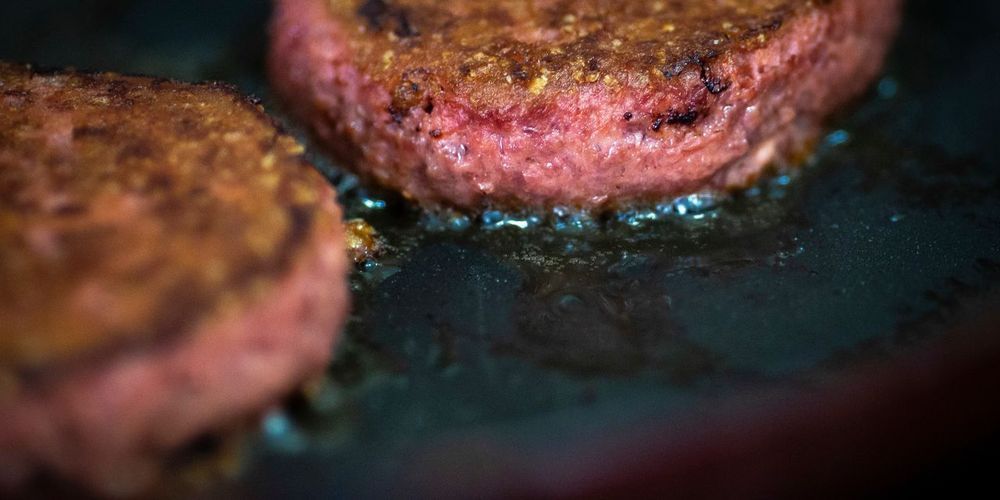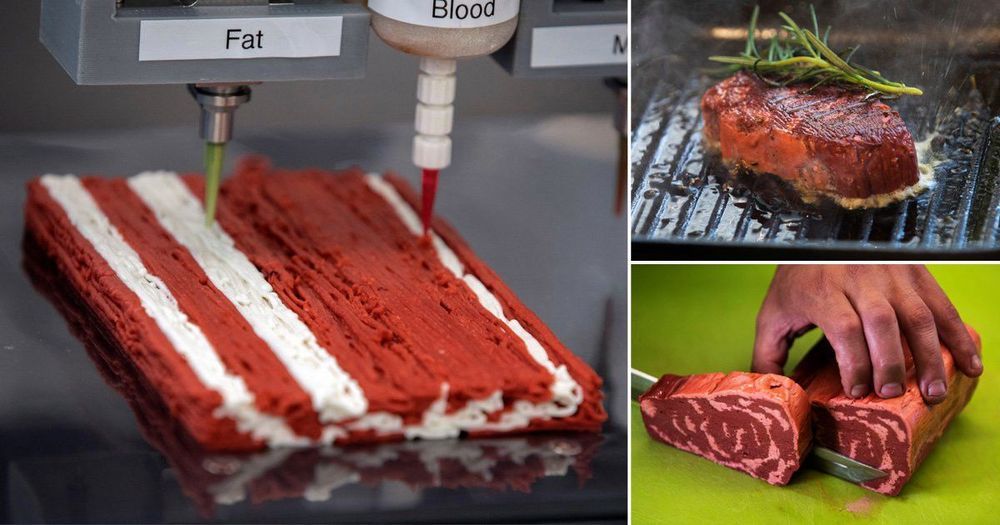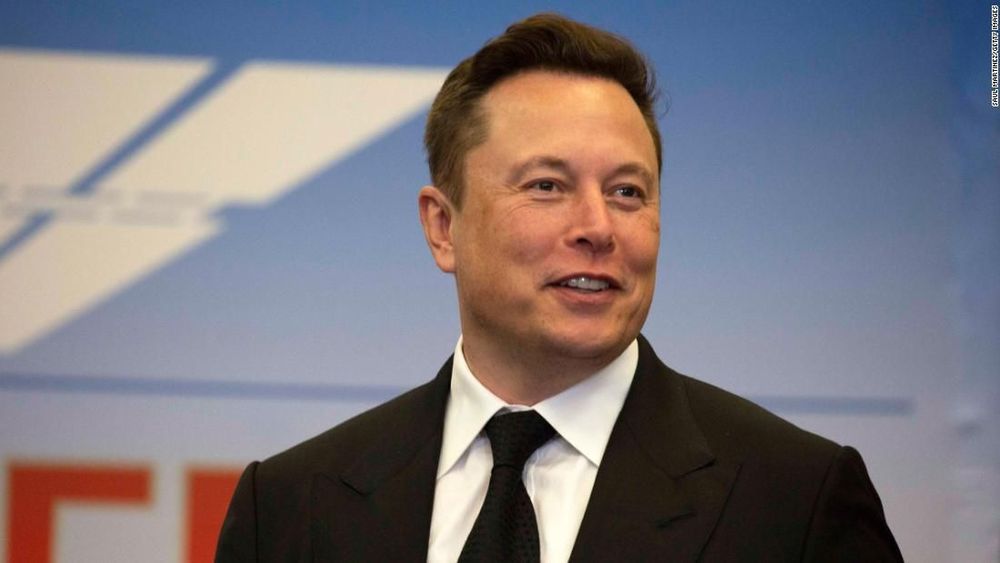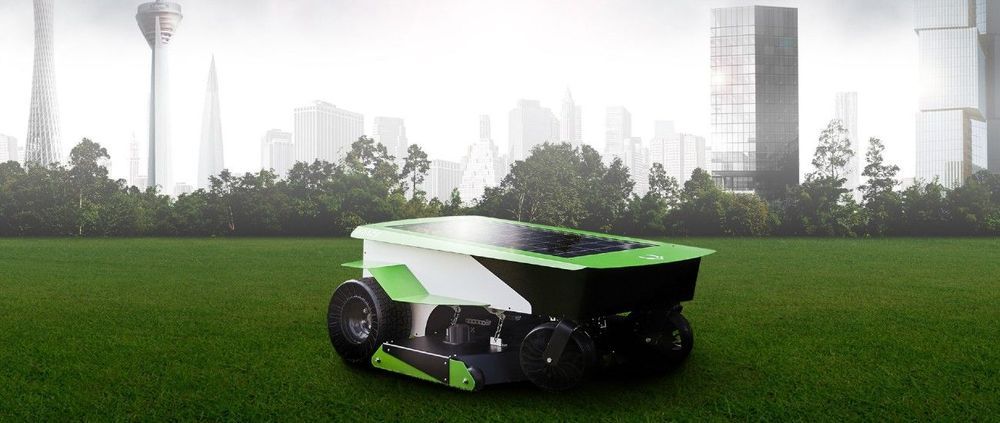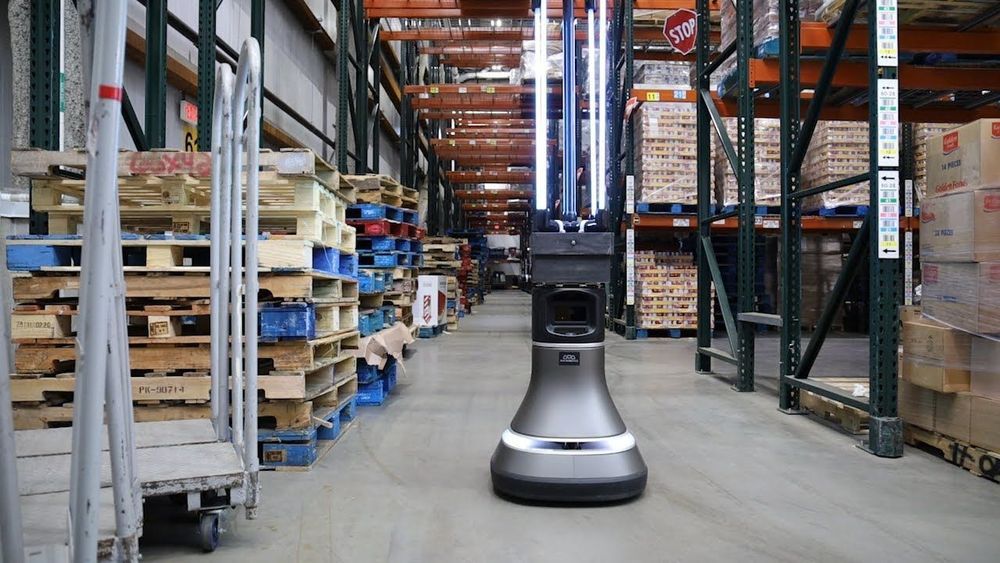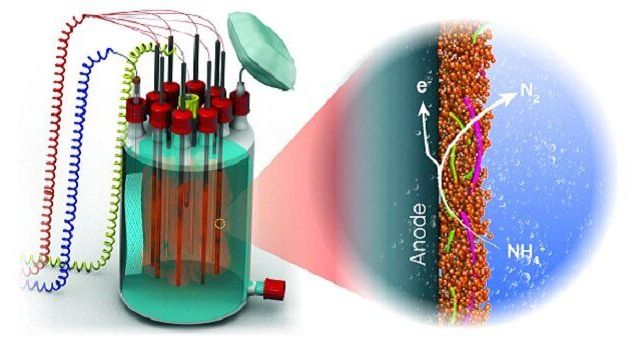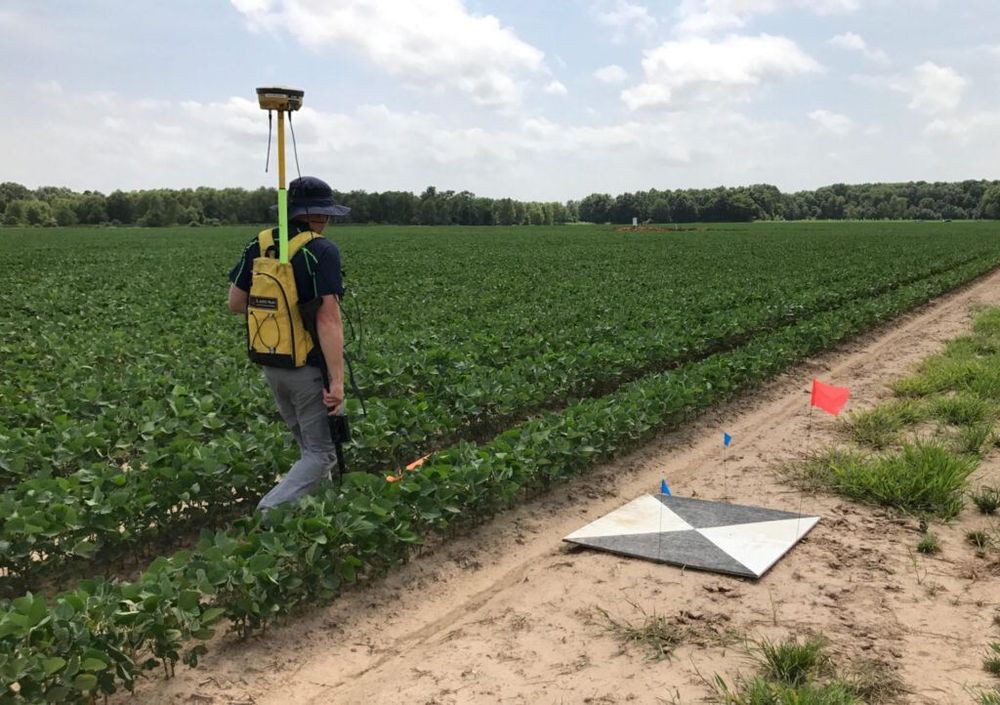New research from the University of Colorado Boulder has offered some of the clearest evidence to date showing how the gut microbiome produces a metabolite that, over time, contributes to age-related declines in cardiovascular health.
High blood levels of trimethylamine-N-Oxide (TMAO), a metabolic byproduct of digestion, have been strongly linked to negative cardiovascular health. When one eats red meat, eggs or other animal proteins, certain types of gut bacteria feed on chemicals in those foods and produce TMA, or trimethylamine, which is then turned into TMAO in the liver.
A number of studies have linked TMAO to heart disease, however, until now it hasn’t been clear exactly how this metabolite causes cardiovascular damage. A robust new study, published in the journal Hypertension, is offering one of the first thorough mechanistic investigations illustrating how TMAO damages the cardiovascular system.

